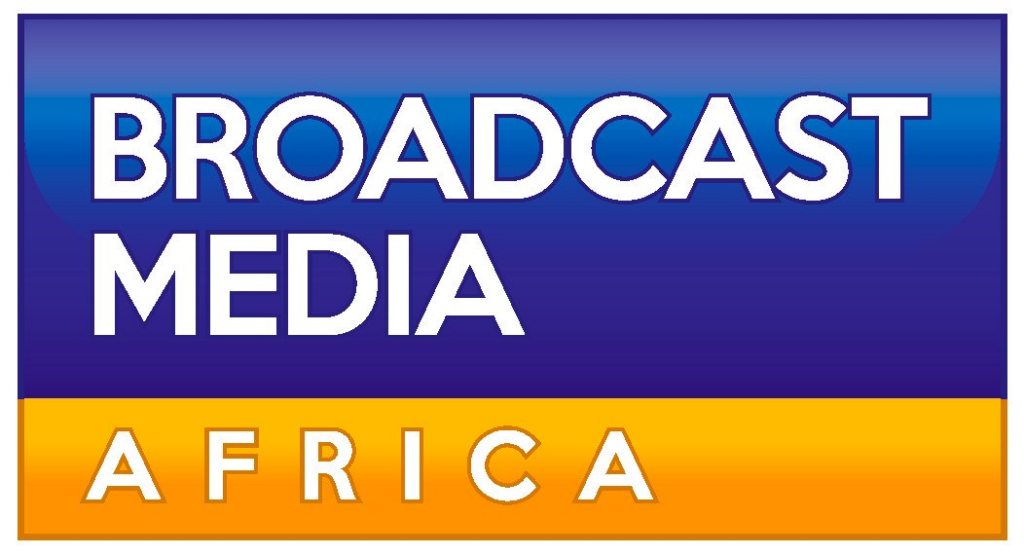
South Africa’s public television ratings, previously available for public scrutiny, have ceased to be published since early 2025, a move that has drawn considerable criticism from industry insiders. The Broadcast Research Council of South Africa (BRCSA), under CEO Gary Whitaker, made the controversial decision to stop releasing a monthly overview of TV viewership figures for channels such as SABC1, SABC2, SABC3, e.tv, and DStv.
While the Television Audience Measurement Survey (TAMS) panel, which assesses overnight ratings, remains intact, and other companies like Nielsen continue to measure audience engagement, the absence of accessible TV ratings marks a significant setback for transparency. Historically, these figures were available to the public, media, and advertisers, allowing insight into popular programs and shifting viewership trends.
Now, access to this vital data is restricted to subscribers, primarily advertisers and broadcasters, who pay substantial fees for detailed stats. Previous ratings reports from 2015 to late 2024 have been archived on the BRCSA’s website, but the latest updates are no longer accessible.
In contrast, other countries, such as the UK, Australia, New Zealand, and the US, publish their TV ratings openly, ensuring that anyone can see current viewing statistics. A veteran ad executive lamented the decision, stating that the public and media should have access to this information.
Experts from various fields have expressed concern over this lack of transparency, emphasising that it hinders research and public understanding of local programming. The decision impacts not just advertisers and broadcasters but also academic research, where access to data about audience preferences is crucial.
Founded in 2015, the BRCSA decided to discontinue public ratings publication to maintain the credibility of its audience measurement system. The board pointed to inconsistencies in how data was interpreted and used, ultimately prioritising revenue preservation over public access to audience metrics.


















